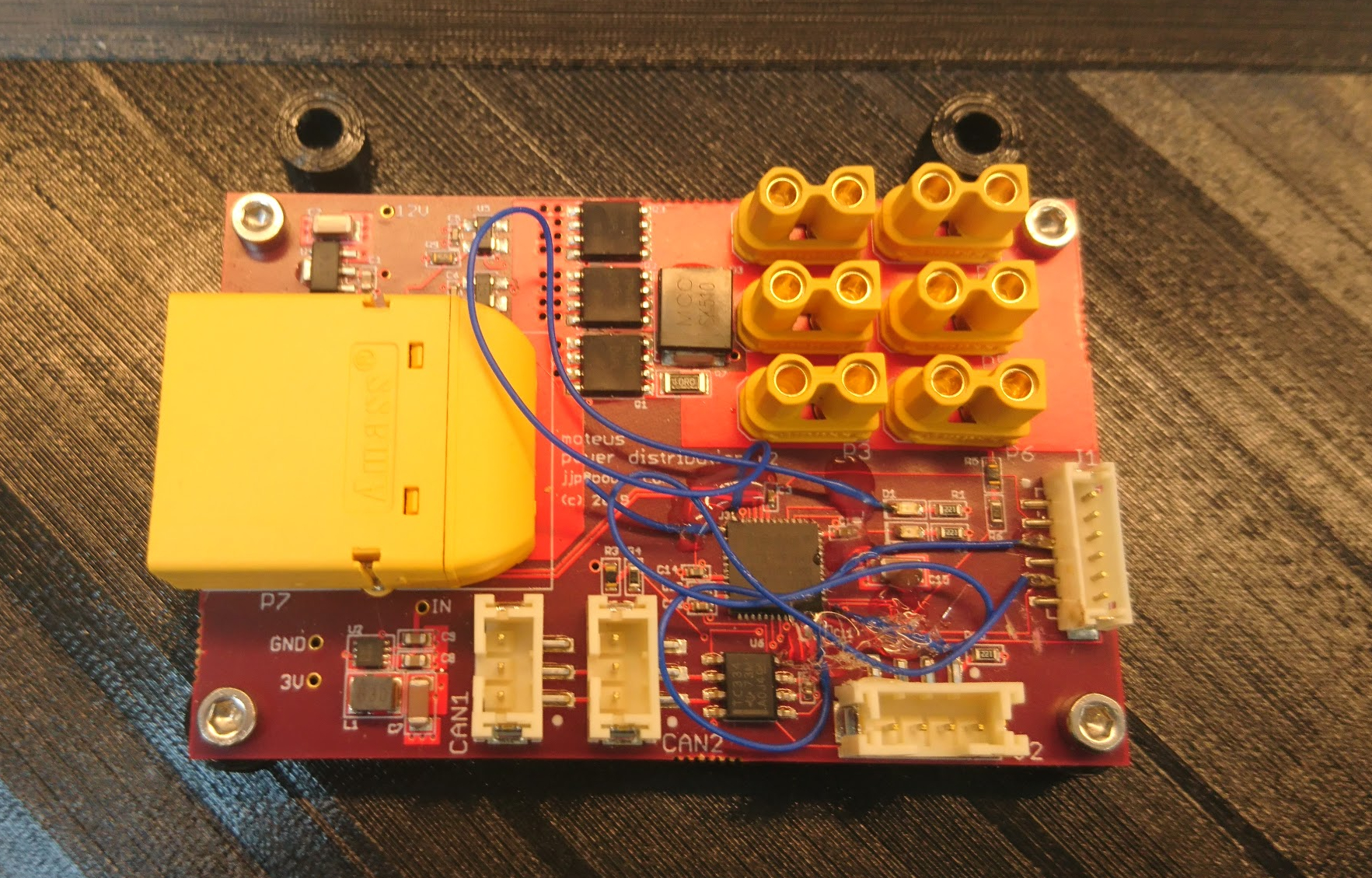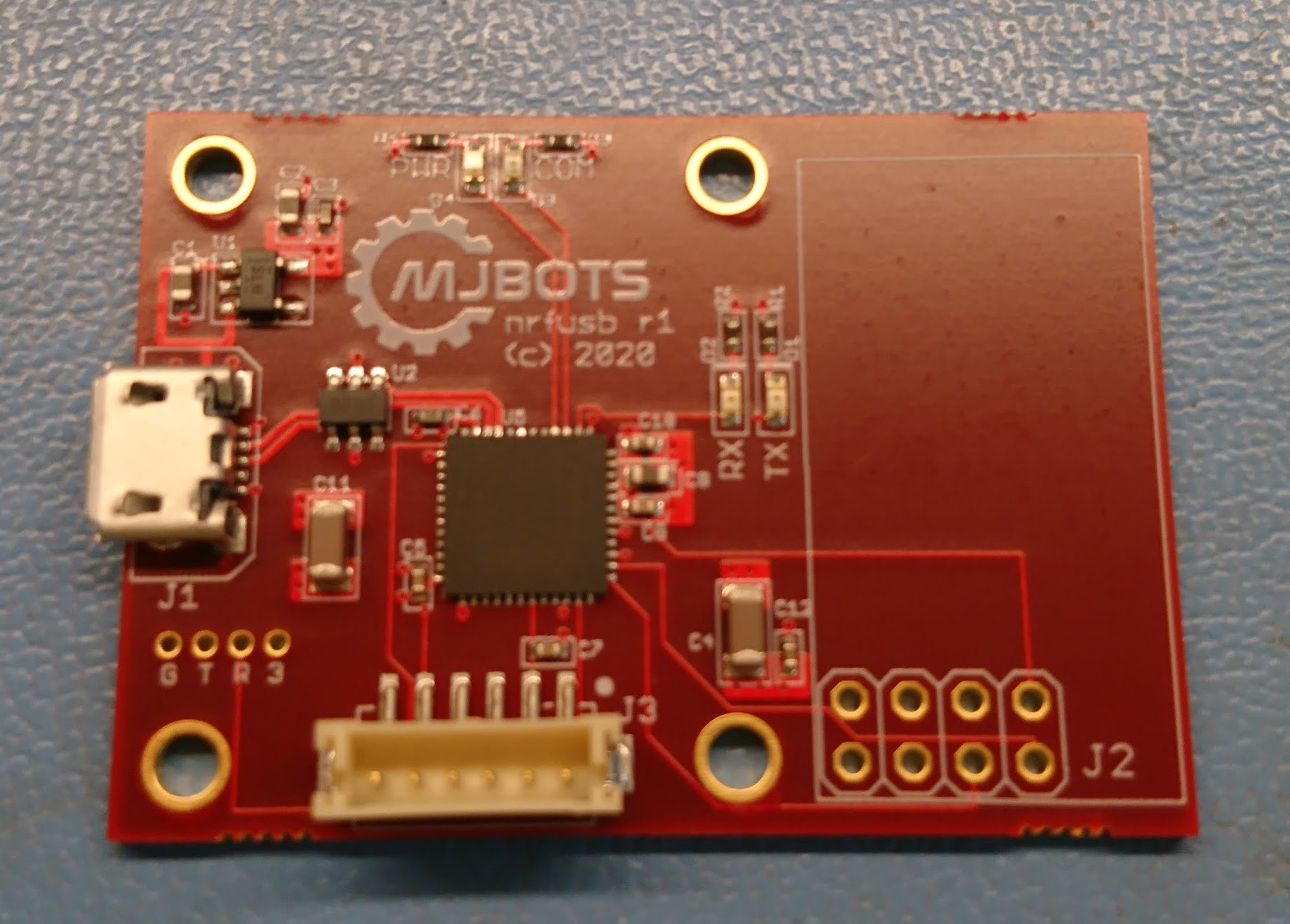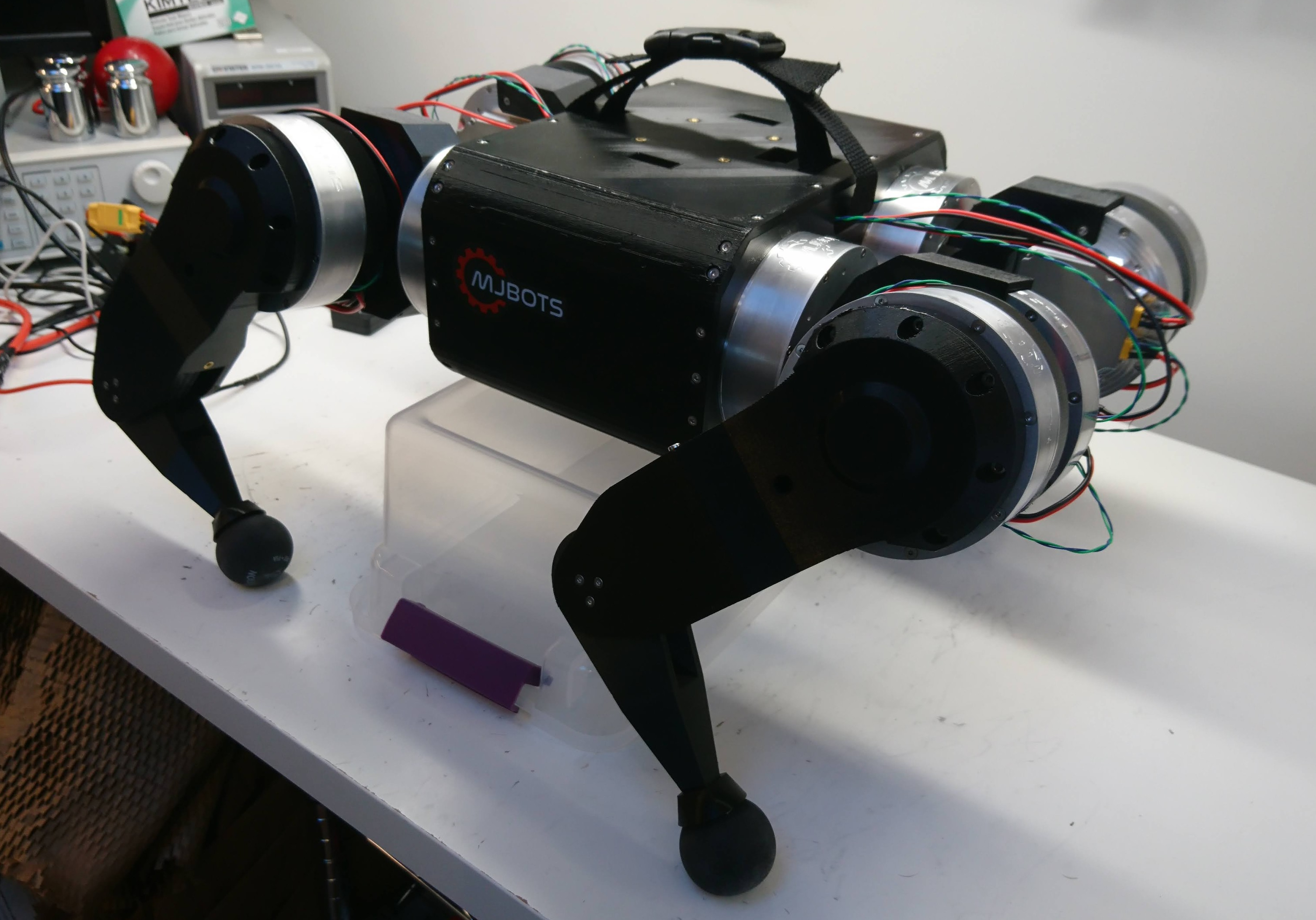Overlaying video on telemetry data with ffmpeg and OpenGL
While not its primary purpose, I still plan on entering my walking robots in Mech Warfare events when I can. In that competition, pilots operate the robots remotely, using FPV video feeds. I eventually aim to get my inertially stabilized turret working again, and when it is working I would like to be able to overlay the telemetry and targeting information on top of the video.
In our previous incarnation of Super Mega Microbot, we had a simple UI which accomplished that purpose, although it had some limitations. Being based on gstreamer, it was difficult to integrate with other software. Rendering things in a performant manner on top was certainly possible, although it was challenging enough that in the end we did nothing but render text as that didn’t require quite the extremes of hoop jumping. Unfortunately, that meant things like the targeting reticule and other features were just ASCII art carefully positioned on the screen.



